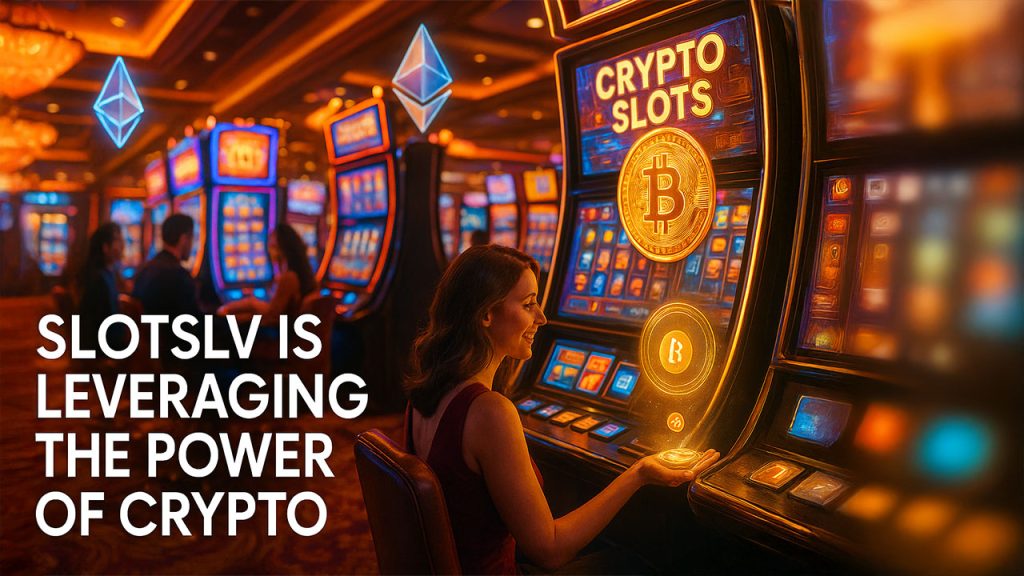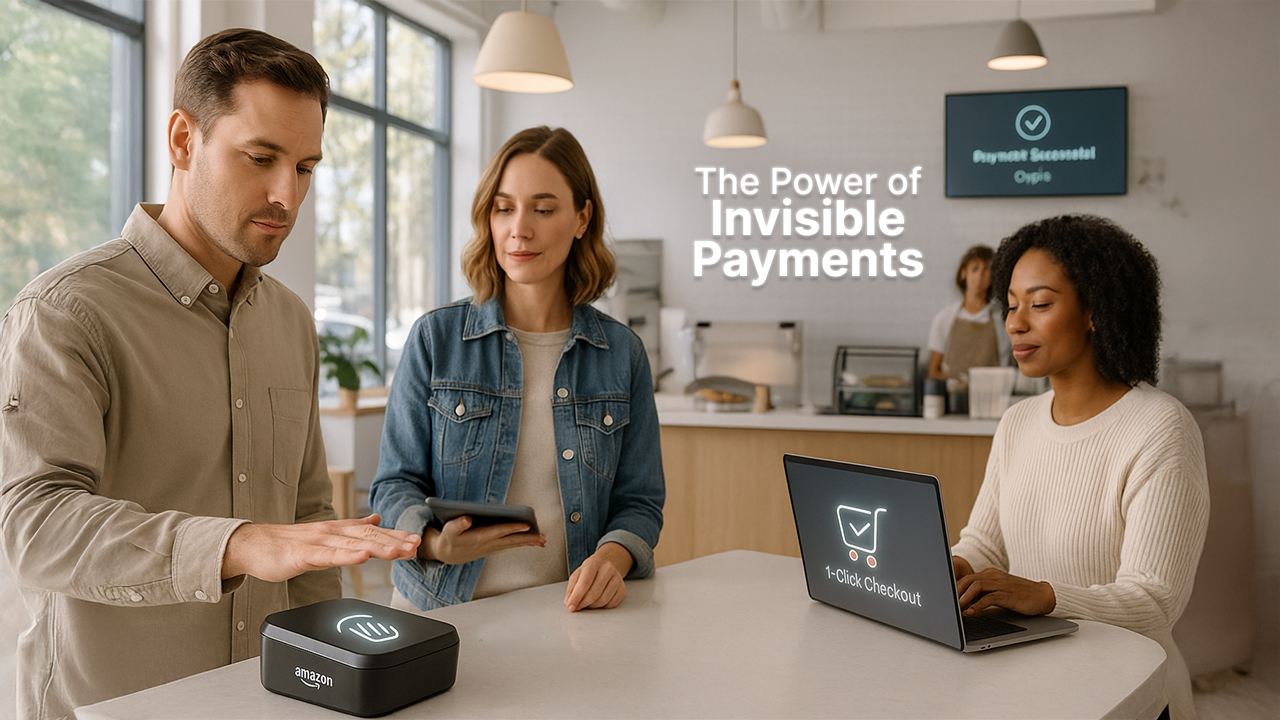Invisible Payments - Every business owner knows that customer attention is fragile. What’s not often acknowledged, though, is just how fragile that attention becomes at the point of purchase. The
Invisible Payments - Every business owner knows that customer attention is fragile. What’s not often acknowledged, though, is just how fragile that attention becomes at the point of purchase. The moment a consumer encounters resistance in checkout, they can, and often do, walk away.
Whether you're running an ecommerce venture or an in-person sales account for a core part of your revenue, you need to pay attention. According to the Baymard Institute, around 70% of online shopping carts are abandoned, with the most common reasons being an overly complicated checkout process.
Those statistics alone should be enough to stop you in your tracks! How many sales are you losing not because of your product—or even because of the way you're marketing it—but because of the way you’re letting people pay?
Now, this isn’t just about payment technology. Many SMEs simply don’t have the liquid funds needed to undergo a complete overhaul. However, if you want to have a say in shaping the behaviours of visitors to your platform, it’s time to start breaking down those barriers that are leading to abandoned carts and unconverted sales.
From facilitating coffee purchases to playing slot games with Bitcoin, let’s look at how a few sector-leading businesses are experimenting with frictionless payments.
SlotsLV is Leveraging the Power of Crypto

Crypto isn’t the fringe experiment some still think it is, nor is it primarily used by tech bros. A recent study, published by NFT Evening, found that the number of merchants accepting crypto jumped by nearly 50% in 2024, with 88% of those businesses seeing higher revenues after doing so. That’s not just hype we’re talking about here; it’s an actual shift in global commerce.
SlotsLV, an international iGaming brand, was one of those companies that recognized the potential of crypto early. As well as reshaping how gambling mainstays like online slots are engaged with (spotlighting titles with immersive graphics and bleeding-edge gaming mechanics, for instance), the company is also renowned for providing a friction-free player experience.
By enabling users to play Bitcoin slot games more easily, the platform slashes processing times, cuts down transaction fees, and opens its doors to consumers who may be underserved by fiat banking systems. This reduction in waiting times is especially crucial for customer retention, as slow withdrawals are a common reason why users would leave a platform.
Playing with cryptocurrency also frees up mental space and makes it easier for consumers to focus on the site’s actual offerings. For platforms that have hundreds or even thousands of games, from hot drop jackpots to poker tournaments, that mental space is key to increasing engagement.
So, for gaming brands, crypto certainly facilitates a straightforward, friction-free, and borderless experience… but the takeaway is universal. Even if your business isn’t operating in the gaming or entertainment spheres, you still stand to benefit here: if your buyers are global or value instant transactions, cryptocurrency integration can erase those delays and hidden costs that quietly kill off in-basket conversions.
Apple Pay: A Case Study in Mainstream Simplicity
Apple Pay’s just another mobile wallet, right? Actually, this innovation is delivering a masterclass in making the labor of payments vanish. On mobile devices, where typing out card details feels clunky, never mind being inaccessible to many users, Apple Pay’s one-touch (aka Face ID) checkout removes effort, reduces mistakes, and imbues confidence in its users.
And consumers can’t get enough: data published by Capital One shows Apple Pay as the number one most popular digital wallet in the world, owning 92% of the market. Powerful stats, right?
Say you’re on the small end of the SME spectrum, what could Apple Pay do that you’re not able to do already with a lesser-known payment gateway?
Well, integrating this tech doesn’t just prevent abandoned carts; it can foster user loyalty and repeat purchases—all through proximity. Whether you yourself are an iOS or an Android user, there’s no denying the trust that Apple has built across its ecosystem. Seeing it as an option on your platform makes customers feel secure, so can you afford to ignore this?
Identity as Payment via Amazon One
Picture this: you walk into a store, pick up your goods, and pay with a wave of your hand. No wallet, phone, not even stopping to pause.
Did you know that Amazon One has been quietly facilitating this exact experience? Your palm scan becomes your wallet, and it’s being rolled out right now in Whole Foods stores across the U.S. It’s so Sci-Fi, and yet so utterly relevant to today’s rapidly shifting digital-first world.
Of course, the genius here is less about the technological gadgetry involved, and more about the feeling it creates in consumers. The whole transaction is done in less than a heartbeat, leaving no awkwardness around queuing for an available checkout or having to scan multiple cards on a dysfunctional card reader. It’s effortless!
Installing palm scanners across your store or venue might not be on your priority list, but you can still take the cue from this case study. Looking for ways to cut steps and prioritizing reduced mental drag among your customer base are two easy ways to get started. Eventually, though, biometrics will be creeping further and further into mainstream payment platforms, so give yourself a head start by responding now. Even simple strategies like QR code marketing for business or interconnecting mobile wallets can eliminate checkout barriers and enhance customer engagement.
Why This Matters
Frictionless payments are no longer a gimmick; they’re here and they’re playing an active role in shaping how consumers interact with your business, both now and in the future. Looking at how gaming platforms handle this, or exploring the ways in which big businesses like Amazon are innovating, can help small and medium business owners find new approaches of their own.
It’s time to make paying feel like no effort at all. Because if your customer has to think too hard about the transaction at the point of sale, you’ve already lost them.
Respond to this article with emojis






